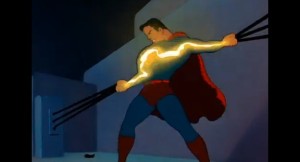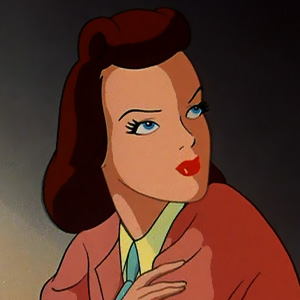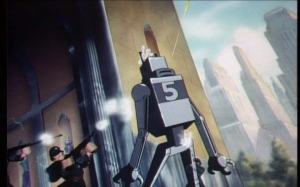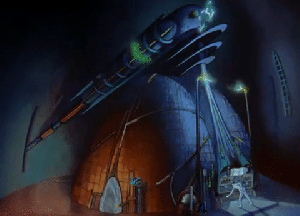Hi guys! We are now halfway there to getting Mauricio safely out of Venzuela and, as promised, here is the second of the war era animated short reviews. Because you’re all superheroes, and because I thought it might be particularly cathartic right now to watch some Nazis get punched in the face, today we’re looking at one of the Superman shorts from the 1940s. Enjoy, and please consider donating if you haven’t already.
***
Studio: Famous Studios
Country of Origin: United States
First Screened: March 26, 1943
Recently, the internet came down with a case of the vapours when it was announced by the BBC that the next Doctor would be played by Jodie Whittaker, who has lady bits.
Jolly good, quite right, good idea, quite right, jolly good and not before time. Now, when it comes to Who I haven’t really had skin in the game since Ecclestone left but I’m sure she’ll kill in the part. There have been bad Who writers, bad Who directors and even bad Who seasons but they have never cast a bad actor in the lead role (no, not even him) and I doubt very much they’ve started here. But Whittaker’s casting does raise some interesting questions. How will people in the past react to a character whose main defining trait is showing up out of nowhere and bossing everyone around when it’s a woman doing the bossing? How will, say, the Puritans react to this trouser wearing lady with a mysterious blue box and what can only be described as a magic wand? Will every episode of Doctor Who consist of angry peasants trying to ascertain if Jodie Whitaker weighs as much as a duck? It’ll be interesting to see how they handle it.
Of course, the status of women in society has swung wildly upwards and downwards over the millennia depending on the era and society in question. Progress is not a hill, but a rollercoaster. Consider Lois Lane, who, as the perennial love interest of one of the most famous pop-culture icons of the last century has had an unbroken presence in various media for almost eight decades now, and so represents a useful yardstick for the portrayal and status of women in American culture. In the Silver Age, this was Lois Lane.

The fifties saw Lois’ role as a daring and accomplished journalist minimised to almost nothing so that she could engage in an unending spiteful love rivalry with Lana Lang over who could dupe Superman into marrying her first. It was a terrible time to be a woman in America, and it was a terrible time to be Lois Lane.
Contrast this with a decade earlier, where we find Lois Lane wasting bitches with an uzi.

“Take that ya rat bastards! When you get to hell, tell em Lois sent ya!”
World War 2 brought huge advances both for women and minorities because America had to either make the most use of every available person regardless of race or gender or risk total defeat to the forces of fascism and America was all “Ugh, fine.” You see this in the Fleischer (later Famous) studios Superman shorts with their depiction of Lois Lane, still one of the finest interpretations of the character three quarters of a century later. And possibly the character’s finest hour is today’s short, Jungle Drums.
















